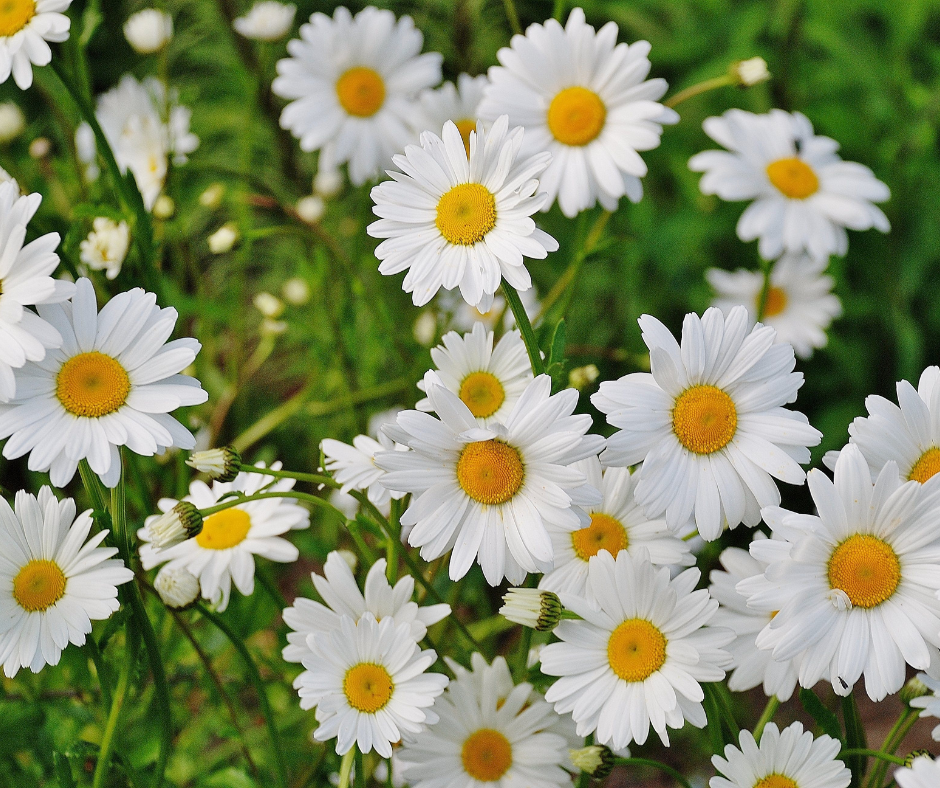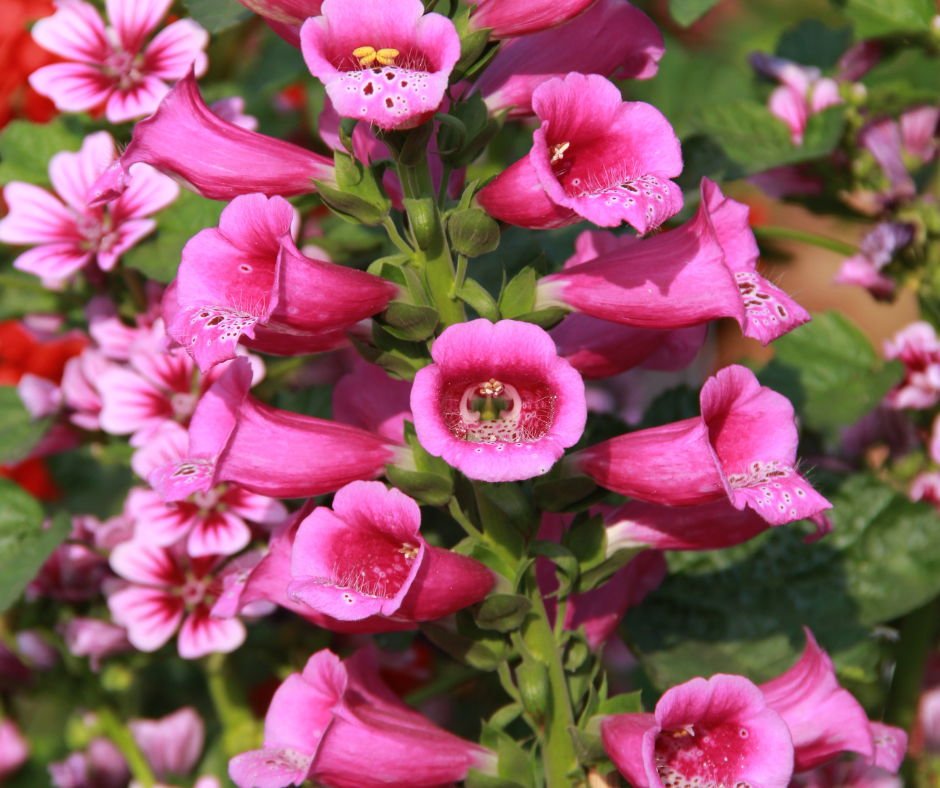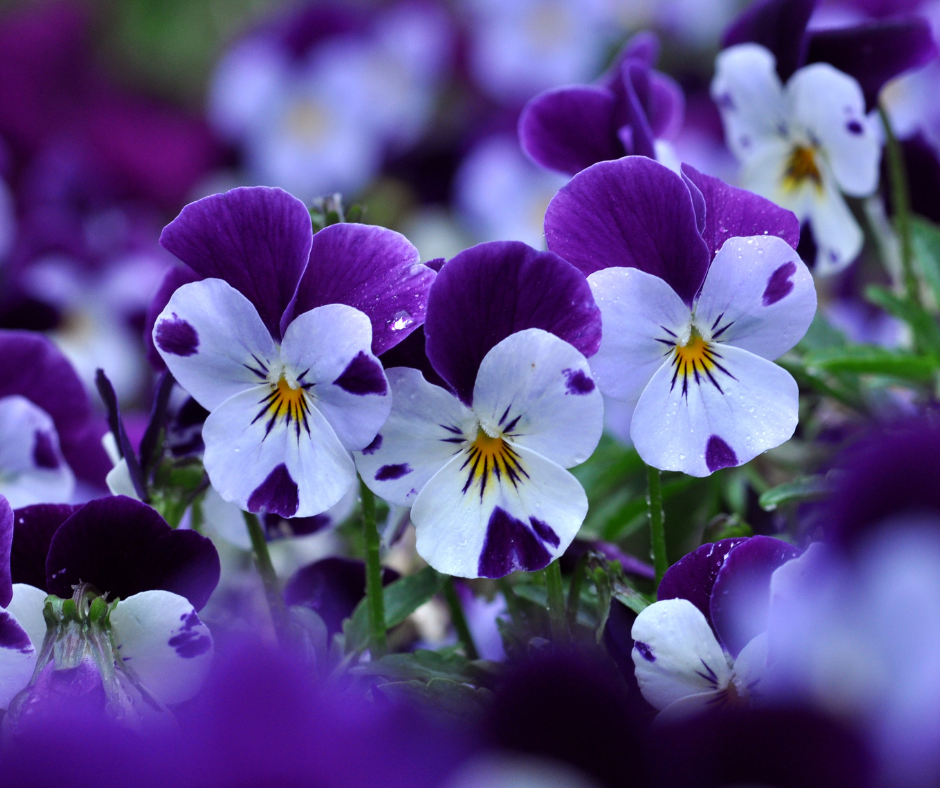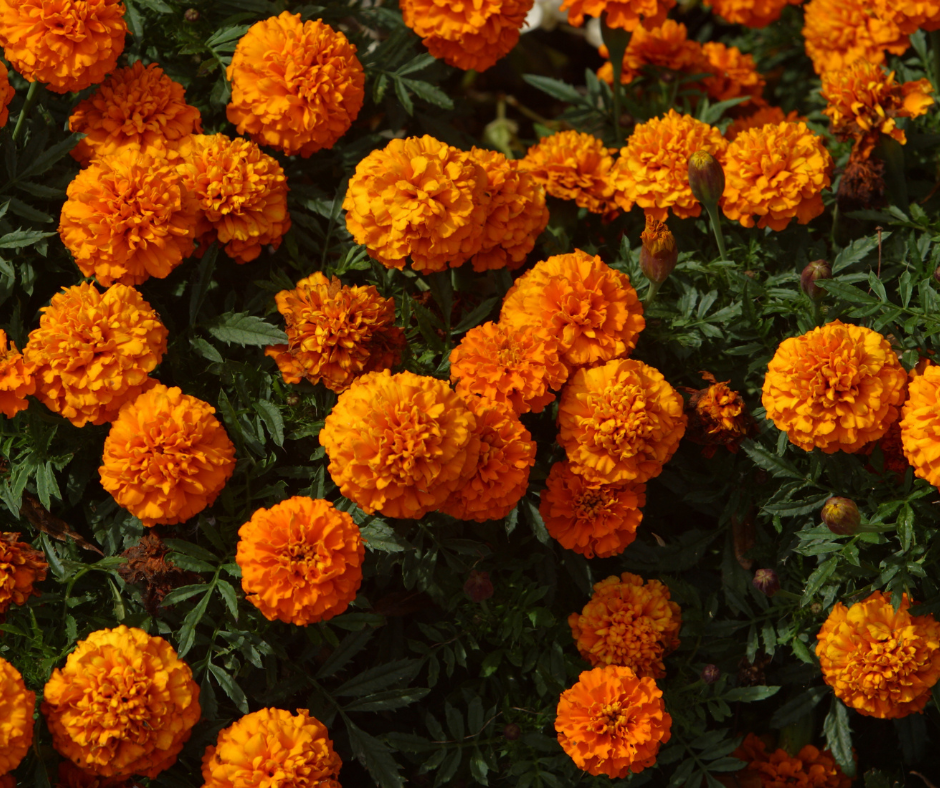
Winter is the time to plant
In some parts of the world, during winter gardening often takes a backseat until the cold weather begins to subside. In Australia, however, our winters are generally a little milder, marked by sunny days and cold nights. And although soil temperature is lower, that doesn’t mean that you can’t plant during winter!
But what to plant? Winter is the best time to plant flowering annuals. Compared to perennials, annuals have a shorter lifespan, but one that’s marked by colour and vibrancy. The full life cycle of a flowering annual lasts about a year, from seed to flowering. So, if you want a blooming garden come winter time, you’ll need to start planting around late winter to about early spring.

Types of Annuals. Annuals can be divided into two groups. Lobelia, Coleus, Foxglove, Primula, Polyanthus, Pansy, Viola, Honesty, Cinerai, and Bedding Begonia are best planted in shaded areas, while Coleus Petunia, Cosmos, Marigold, Paper Daisy, Sweet Pea, Corn Cockle, Flanders Poppy, and Queen Anne’s Lace will thrive in full sun.

Should you start with seeds or seedlings? Some annuals are easy to grow, and you can start out using seeds. Other annuals require more care, and you’ll fare better by starting out with seedlings. Whatever you decide, make sure you plant your annuals in soil with ample drainage and lots of organic matter. Most annuals require slightly acidic soils. However, if you’re planting dianthus, gypsophila, or sweet pea, you may need to add more lime to the soil to make it more alkaline.

If you’re using seeds, sprinkle them in and cover lightly with soil, then water them in. Once annuals begin sprouting their first leaves, thin them out so they have ample space to grow and thrive.
Lastly, using liquid fertilisers helps boost plant growth and can even extend the lifespan of annuals.



